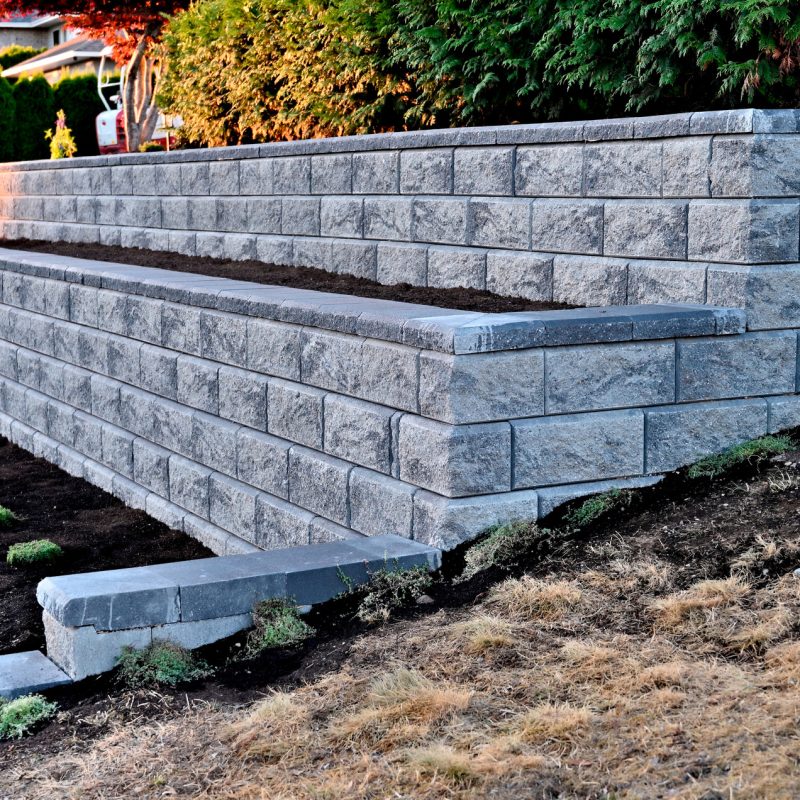Introduction
When it comes to your residential retaining wall project, ensuring safety, meeting local building codes, and satisfying the building inspector are paramount. Hiring a licensed structural engineer is the key to achieving these goals successfully. In this guide, we will discuss the four important reasons why you should consider hiring a professional engineer for your retaining wall project. From ensuring safety to leveraging their experience and knowledge, a structural engineer brings invaluable expertise to the table.
Engineers are required by CODE!!!
Building codes are set guidelines and regulations for building materials that are designed to ensure structural integrity and safety. Most states, including Massachusetts, New Hampshire, Maine, Connecticut, and Rhode Island, require permits and the involvement of a licensed structural engineer for walls over a certain height, typically around 3 or 4 feet. This requirement aims to minimize the risk of failures and accidents, thereby safeguarding occupants and neighboring properties.

Question: Why do I need a retaining wall in my yard at all? Couldn’t I just slope the yard?
When considering the landscaping and functionality of your yard, installing a retaining wall can offer several advantages over simply sloping the grass. Here’s why opting for a retaining wall might be a better choice:
Erosion Control:
If your yard has uneven terrain or slopes, installing a retaining wall can effectively prevent soil erosion. The wall acts as a barrier, holding back the soil and preventing it from eroding downhill during heavy rainfall or irrigation.
Maximizing Usable Space:
Retaining walls are excellent for creating level terraces or additional outdoor space on sloped landscapes. By constructing a retaining wall, you can level the ground and create more usable space for gardening, seating areas, or outdoor activities. This increases the functionality of your yard and allows for better organization of different outdoor zones.
Visual Appeal:
Retaining walls can enhance the aesthetic appeal of your landscaping. They come in various materials, such as concrete retaining wall blocks, stone, brick, or timber, allowing you to choose an option that complements the overall design of your home. Retaining walls can be used to create beautiful architectural features, flower beds, or even serve as seating walls, adding depth, visual interest, and texture to your yard. The retaining wall material used can blend in or compliment the desired look of your home, and even create space for features such as fire pits, outdoor kitchens, and water features, all while solving water runoff and giving your landscape structure and curb appeal.
Structural Support:
In some cases, sloping ground alone might not provide sufficient support for the surrounding structures. Retaining walls act as a structural reinforcement, preventing soil movement or soil erosion and potential damage to nearby buildings, driveways, or walkways. They help distribute the weight evenly and provide stability to the landscape, particularly in areas with steep slopes or challenging soil conditions.
Reason #1: Safety
Safety should always be the top priority when it comes to any construction project, especially one involving a retaining wall. Here’s why hiring a structural engineer ensures safety:
- A structural engineer will evaluate the soil conditions, slope, and environmental factors to determine the appropriate design for your retaining wall, ensuring it can withstand potential forces.
- They will calculate the necessary dimensions, materials, and reinforcement needed to create a structurally sound retaining wall that can withstand pressure and prevent soil erosion when coupled with proper drainage.
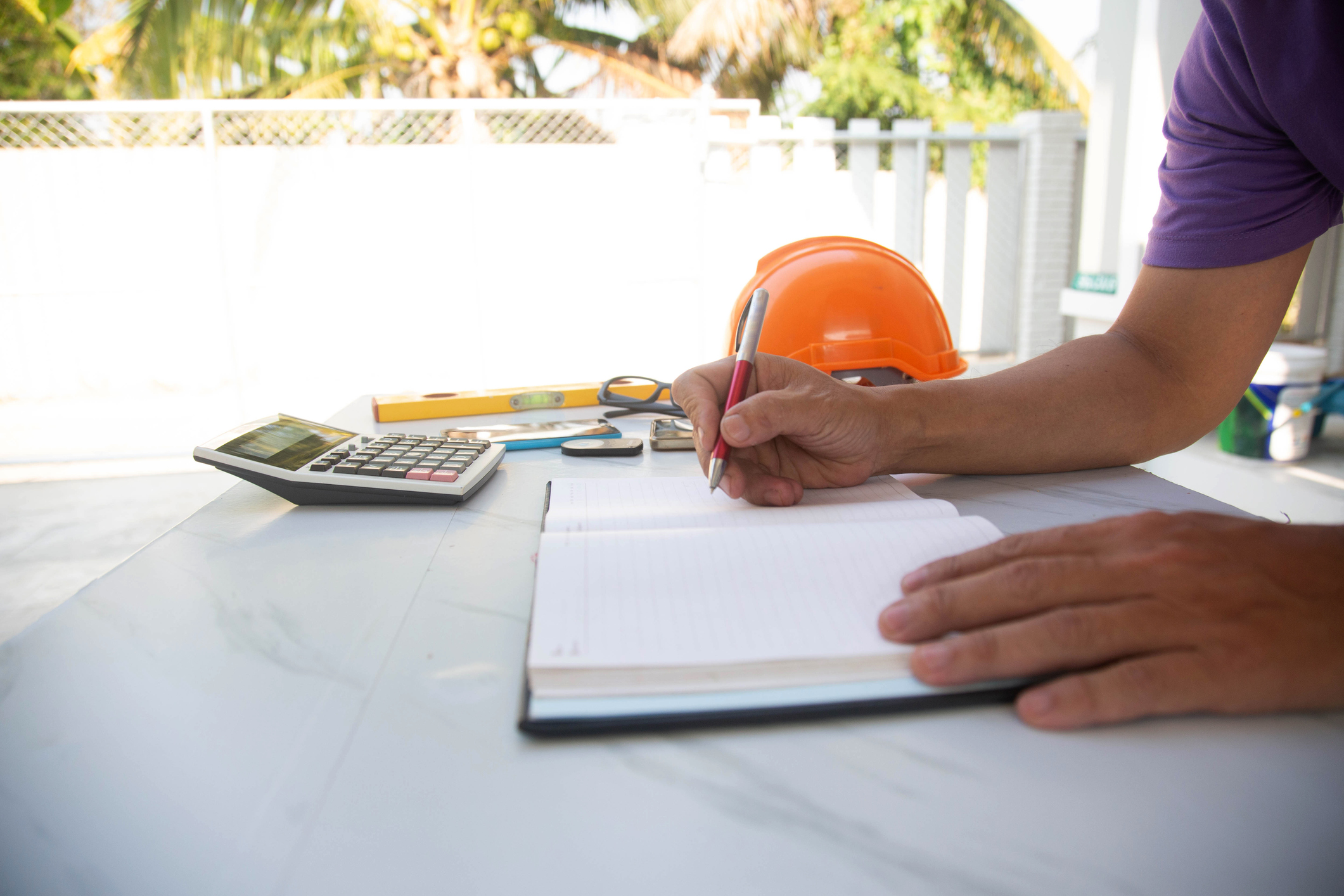
- By conducting thorough inspections during construction, structural engineers can identify any issues and provide recommendations to ensure the wall is built with precision and meets safety standards.
Reason #2: Experience
Experience is invaluable in any construction project. Here’s how a structural engineer’s experience comes into play:
- Structural engineers possess extensive knowledge of various retaining wall systems and construction methods, allowing them to recommend the most suitable solution for your specific needs.
- With their expertise, engineers can foresee potential challenges that may arise during construction and provide innovative solutions, saving you time, money, and unnecessary headaches.
Reason #3: Knowing the Requirements
Navigating the complex landscape of retaining wall regulations can be overwhelming. Here’s why a licensed structural engineer can help you with the requirements:
- Structural engineers are well-versed in the specific requirements of your local governing bodies. They will ensure your retaining wall design adheres to these regulations.
- As engineers, we are also well-versed in collaborating with the general contractor or landscape contractor of your choosing and can provide guidance through the construction process.

Reason #4: Inspector Satisfaction
Building inspectors play a crucial role in ensuring that your retaining wall project meets the necessary standards. Here’s how a structural engineer contributes to inspector satisfaction:
- Structural engineers collaborate with you and your contractor throughout the project, guiding discussions with building inspectors, and helping your contractor address their concerns and providing the required documentation. This collaboration streamlines the inspection process and ensures a successful outcome.
- By hiring a licensed engineer, your retaining wall project will instill confidence in the building inspector, as they know that safety and structural integrity have been prioritized.
Bonus: Common Types of Residential Retaining Walls
There are several common types of residential retaining walls that you can consider for your project:
- Concrete Block Retaining Walls: These versatile and cost-effective walls utilize interlocking concrete blocks, offering strength and stability for various heights and soil conditions.
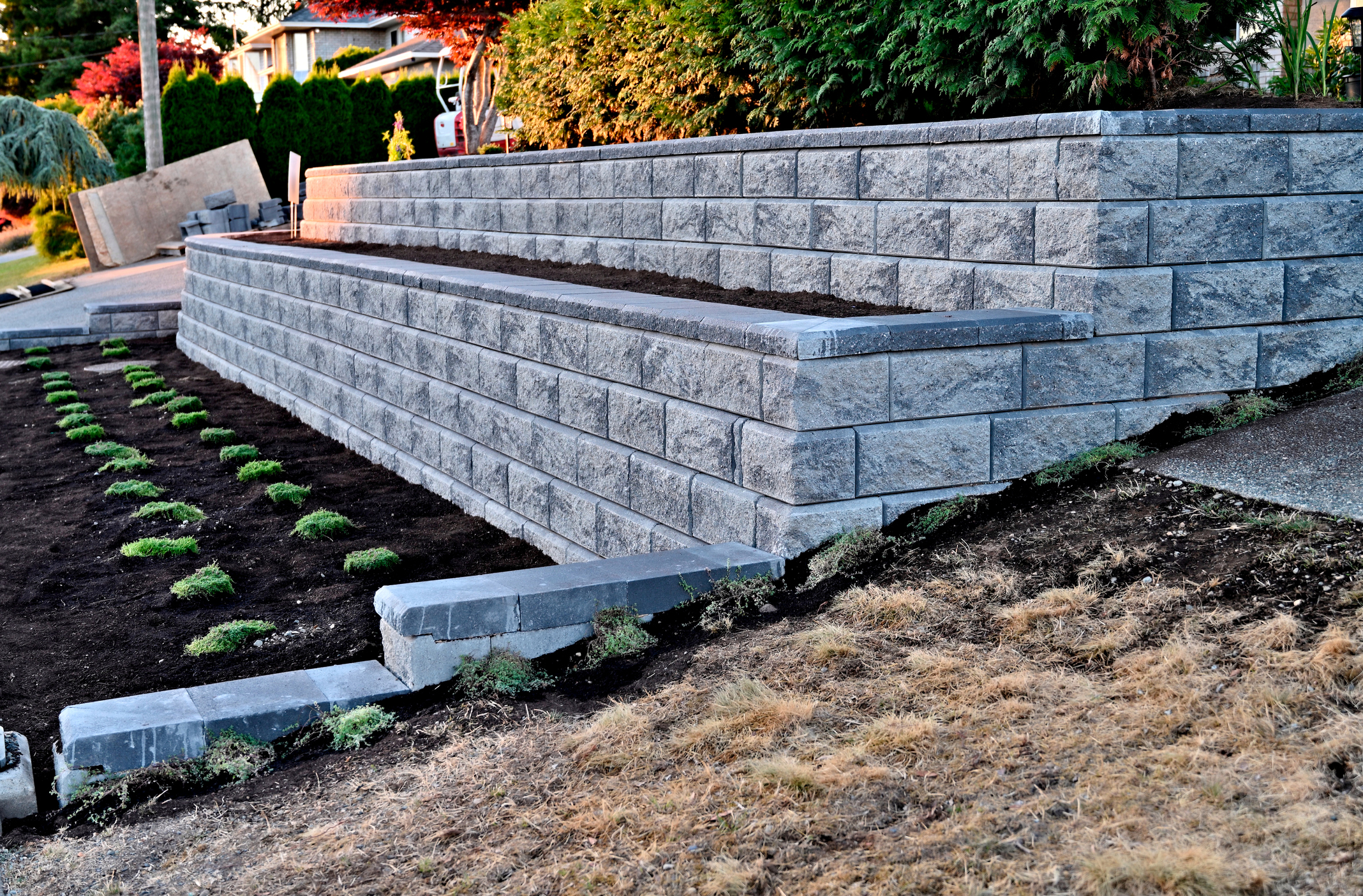
- Landscape Timber/ Wood Retaining Walls: Constructed using pressure-treated timbers, these walls provide a natural aesthetic and are suitable for smaller wall heights.
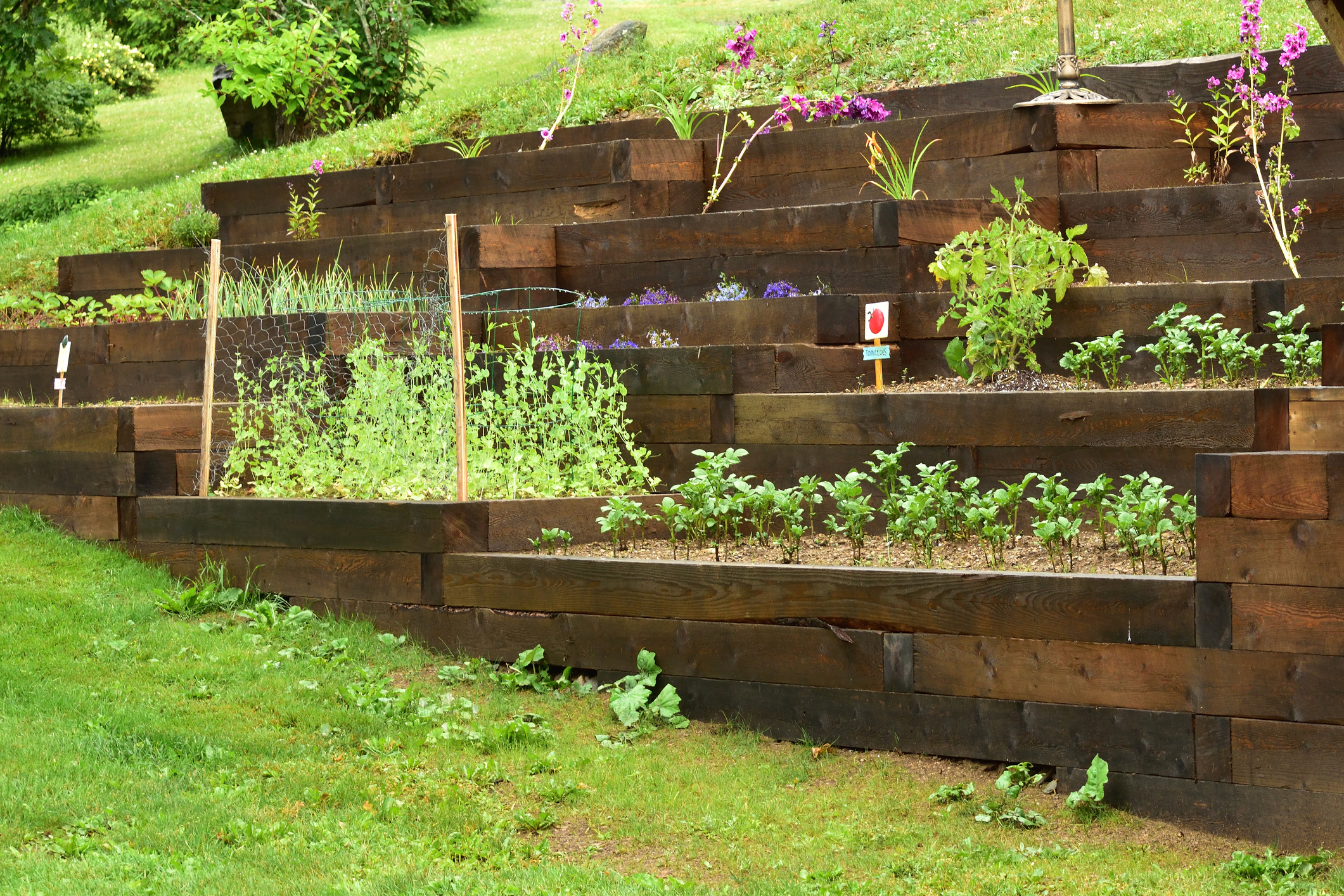
- Cast-in-Place Concrete Retaining Walls: These walls are poured and formed on-site, providing strength and durability for larger or more complex projects.
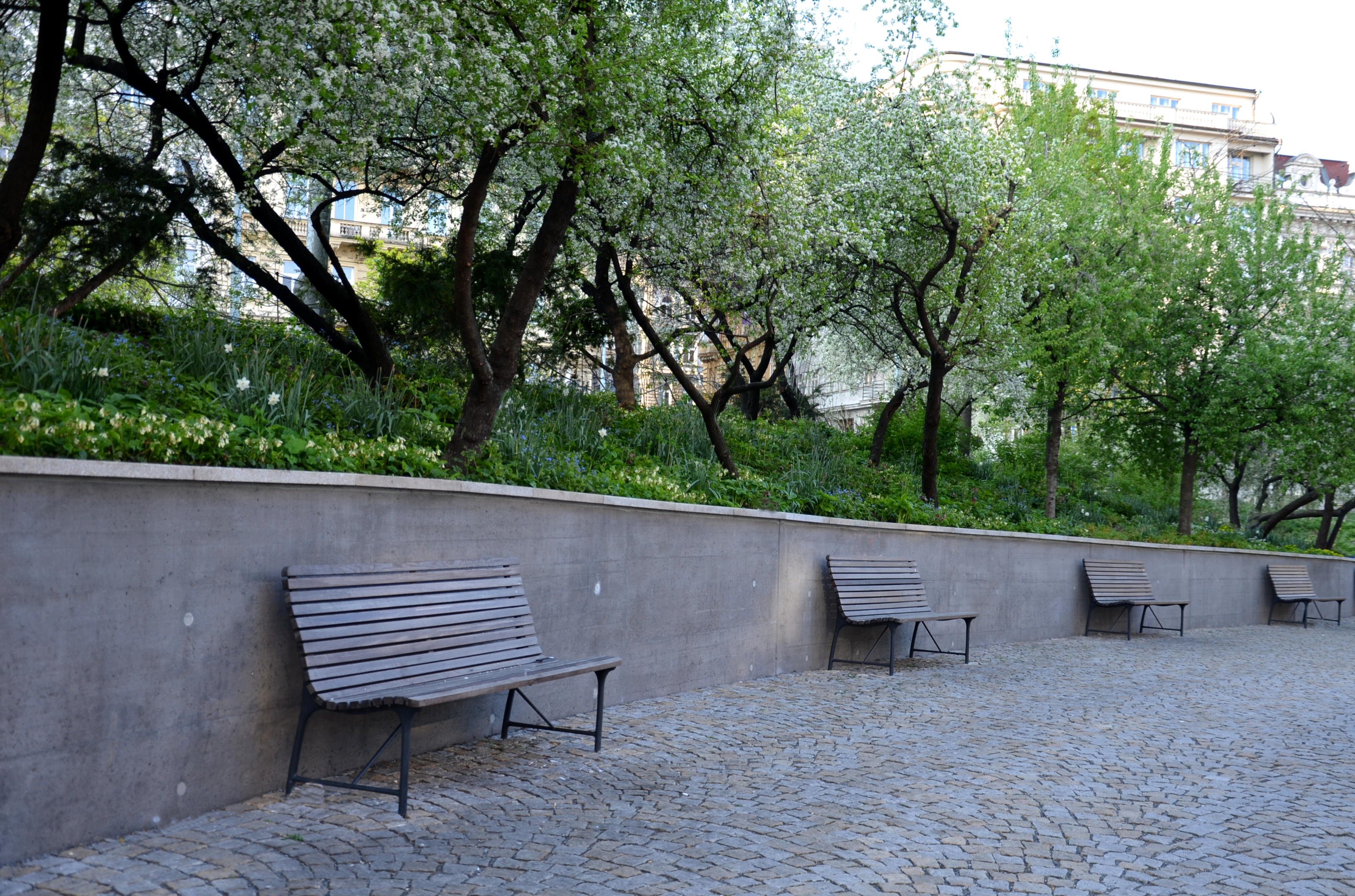
Bonus: Importance of Proper Drainage Behind a Retaining Wall
Proper drainage behind your retaining wall is crucial to its longevity and effectiveness. Here’s why:
- Adequate drainage prevents the buildup of water (hydrostatic) pressure behind the wall, reducing the risk of damage or collapse.
- Proper drainage channels excess water away from the wall, preventing moisture-related issues such as soil erosion, seepage, and the potential destabilization of the structure.
- A structural engineer will recommend effective drainage solutions specific to your site, ensuring the long-term stability and functionality of your retaining wall.

